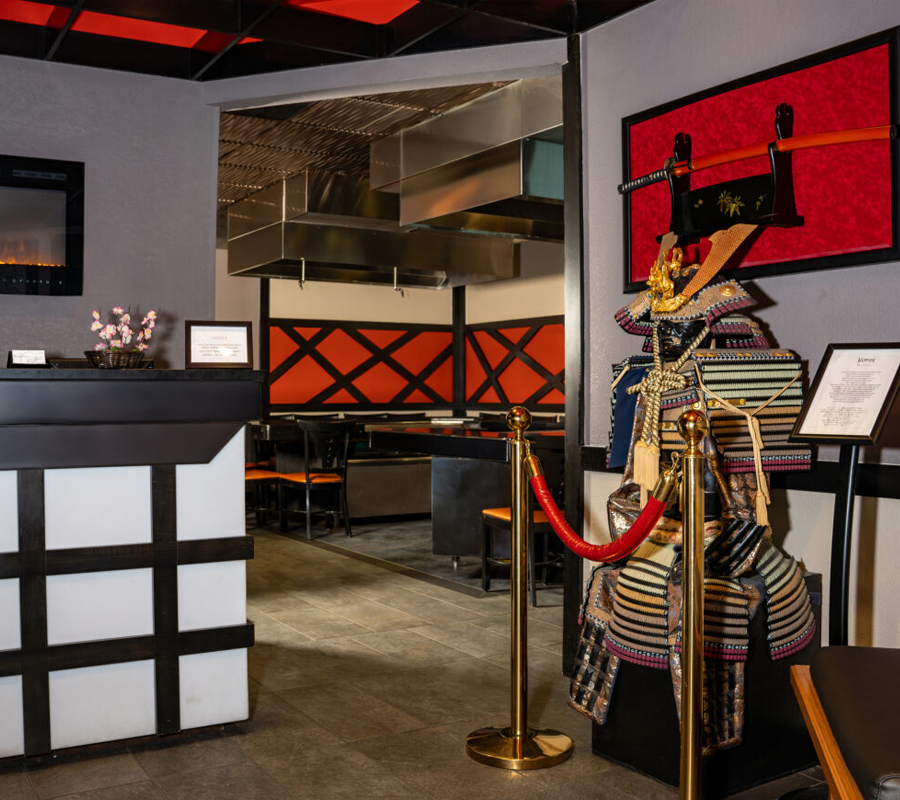The History of Hibachi
Hibachi is celebrated globally for being the most entertaining way to dine. Although most know what to expect from this unique dining experience, not many are aware of how this Americanized craft began and what it looked like before reaching worldwide popularity. Let’s travel back to when its journey began before it made its way …



